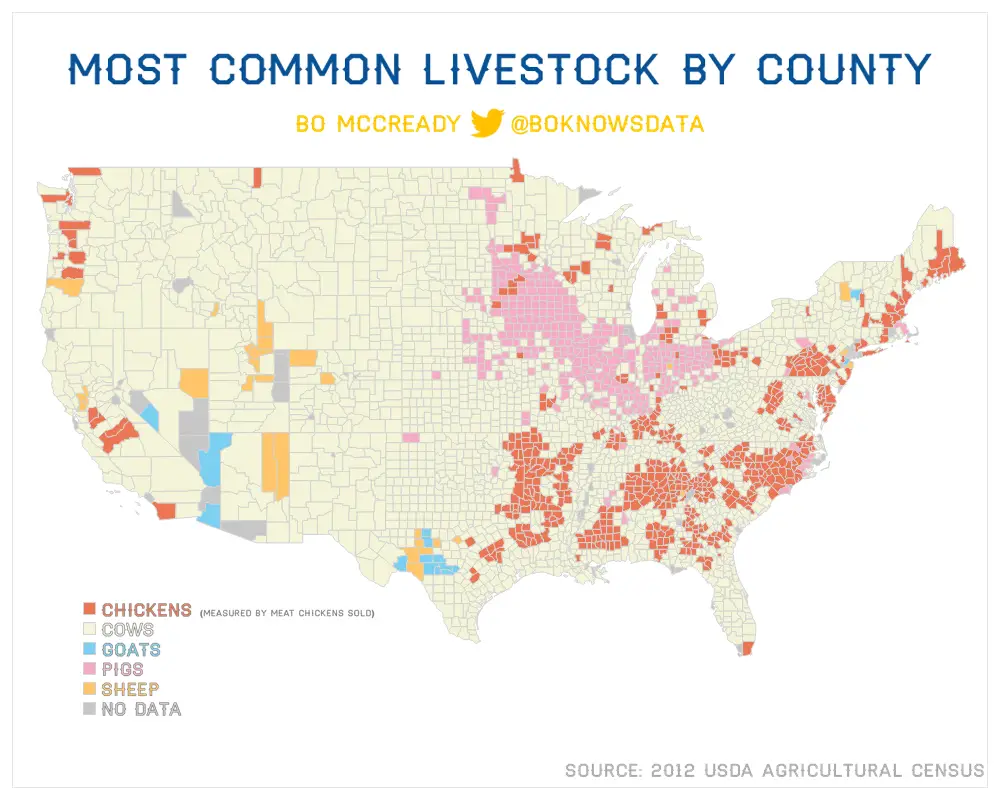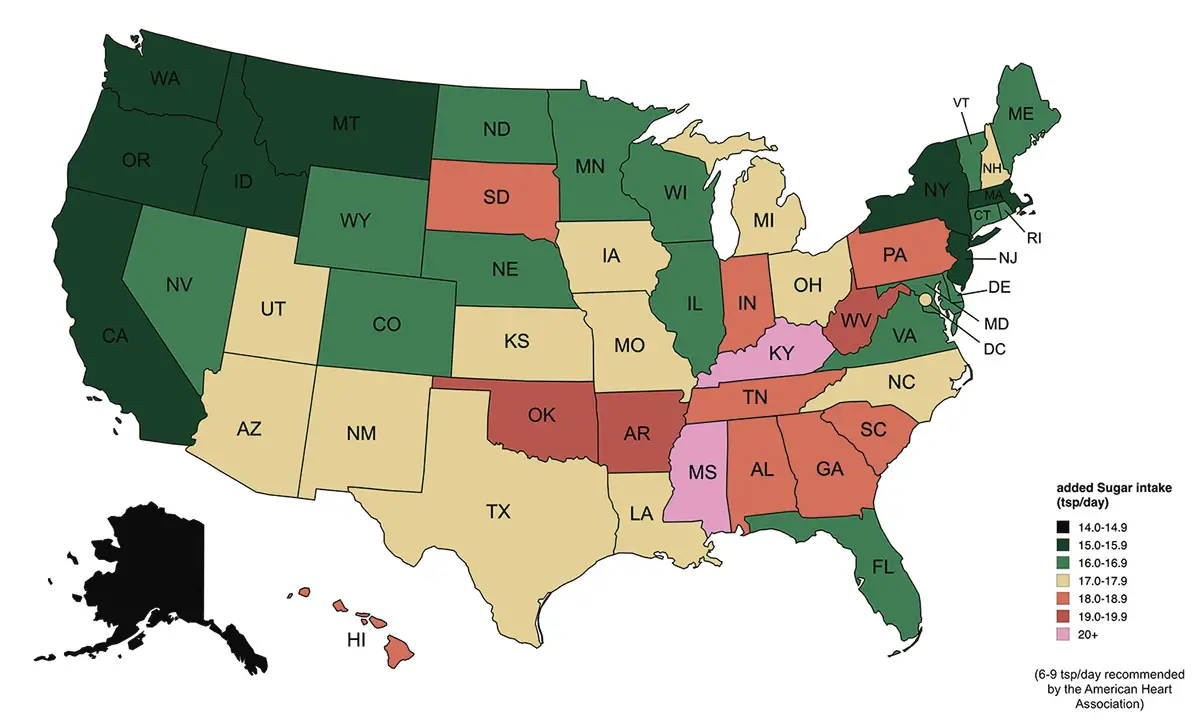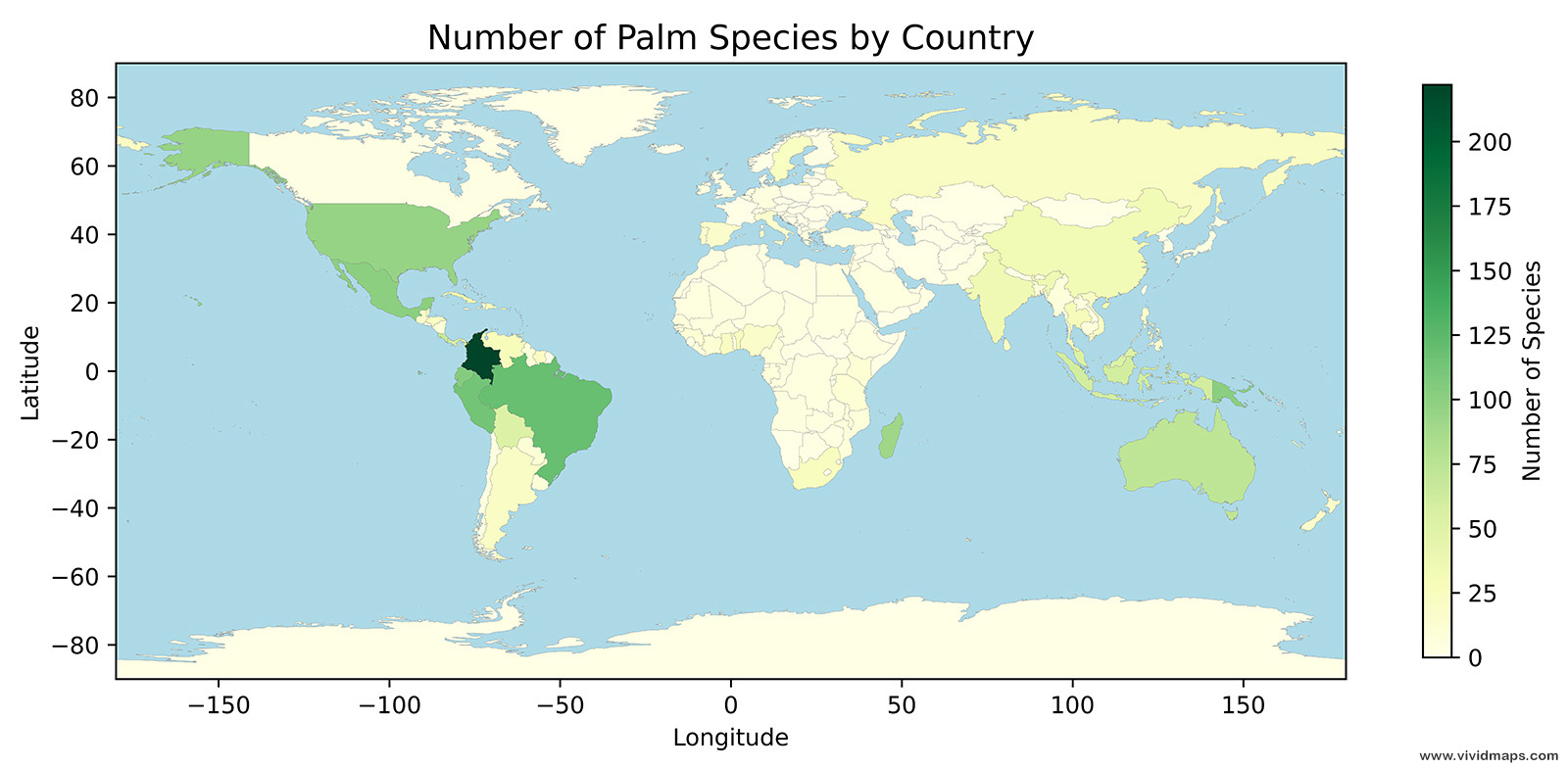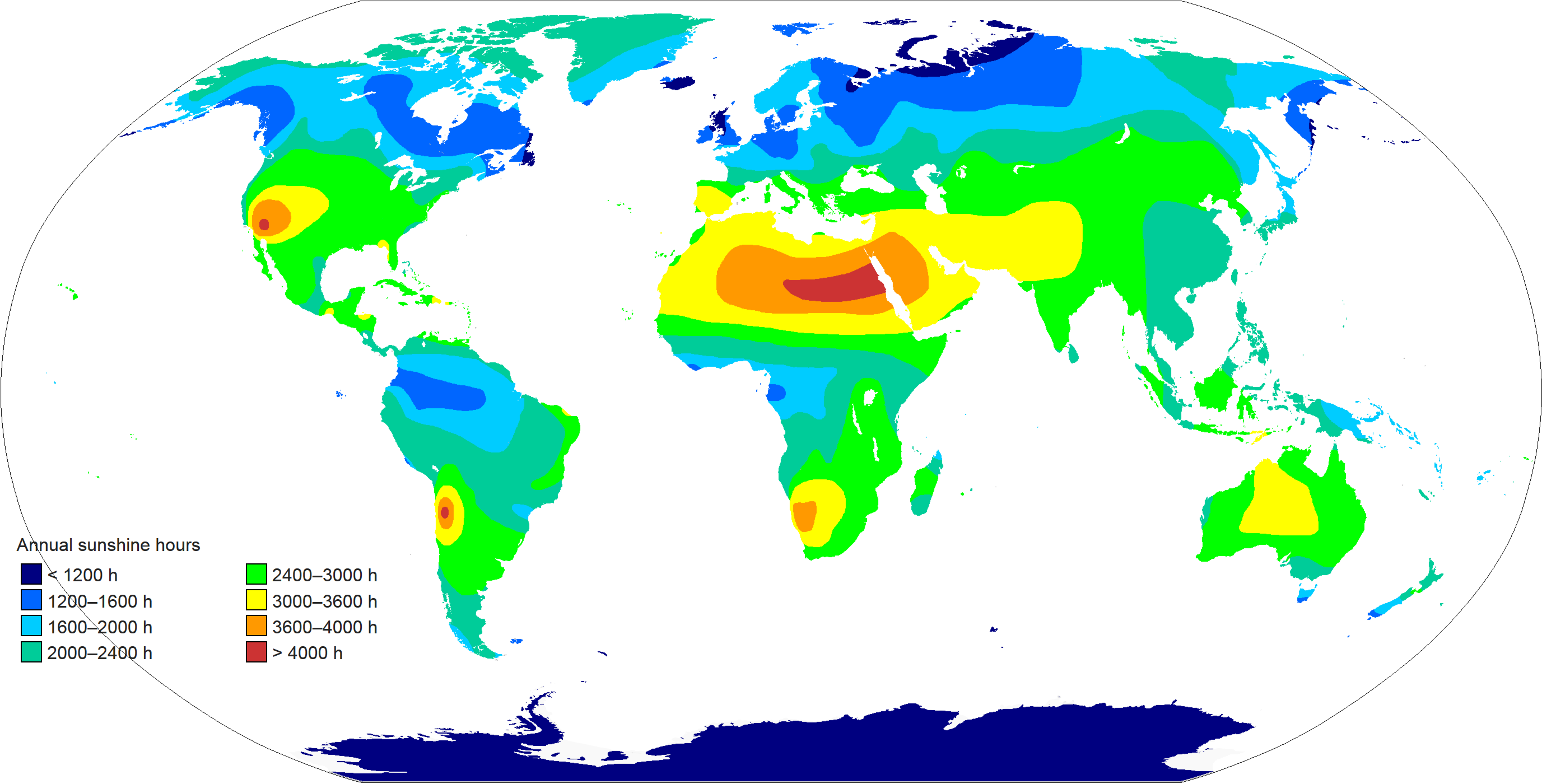Lactose intolerance by percent of the population
Lactose intolerance, a prevalent digestive disorder, arises from the body’s inability to digest lactose, the sugar found in milk and dairy products. This condition stems from a deficiency in lactase, an enzyme produced in the small intestine crucial for breaking down lactose into absorbable glucose and galactose.
Symptoms of the decreased ability to digest lactose may include gastric pain, bloating, gas, diarrhea, and nausea. Their hardness usually depends on the amount a person drinks. These symptoms commonly begin 30 minutes to 2 hours following drinking milk-based food.
Global estimates suggest that approximately 65-75% of the world’s population experiences some level of lactose intolerance. Notably, certain ethnic groups exhibit higher rates, with East Asian, Native American, African, and Mediterranean populations often having elevated prevalence.

Here is the world map of lactase hotspots that was published on Nature.com.

Geographically, rates of lactose intolerance vary between regions, from less than 10 percent in Northern Europe to as high as 95 percent in Asia and Africa.

Here is the world map that shows lactose intolerance by percentage by country.

Age is another factor, as lactose intolerance is less common in infants but tends to increase with age.
Infants are generally born with the ability to produce lactase because milk is their primary source of nutrition. However, in many mammals, including humans, the production of lactase decreases after weaning.
Other mammal animals usually lose the ability to ingest lactose after weaning. It was all humans’ genetic state before the “modern” evolution of lactase persistence, which prolongs lactose tolerance into adulthood.
Lactase persistence evolved in some human populations separately, presumably an adaptation to dairy animals’ domestication about 10 thousand years ago.
The world’s first dairy farmers lived in the Middle East and North Africa between 10,000 and 8,000 years ago. They primarily raised sheep, goats, and cattle, but at least one lactose-persistence mutation likely sprung up among camel herders.
One of the so-called lactose-persistence mutations arose around 7,500 years ago among dairy farmers in a region between Central Europe and the northern Balkans. It is the most common lactase mutation in Europe today.
Three different lactose-persistence mutations originated in sub-Saharan Africa, the most common of which spread rapidly through the region in the past 7,000 years.
It’s important to note that lactose intolerance is different from a milk allergy. While lactose intolerance is related to the digestive system’s inability to break down lactose, a milk allergy involves an immune response to proteins in milk, such as casein or whey.









This map is 100% wrong, it’s fake news and pseudo science
Sounds like you work for the got milk? campaign.,
and i will add this your surmanes white yeah really interesting
Map is incorrect. the figures do not add up and seems to be largely speculative
It’s so easy to say “fake news” without presenting any evidence to support your statement.